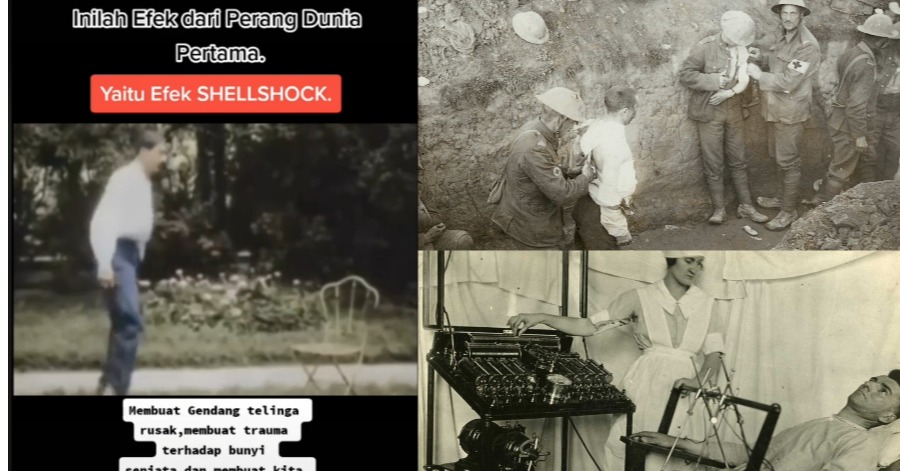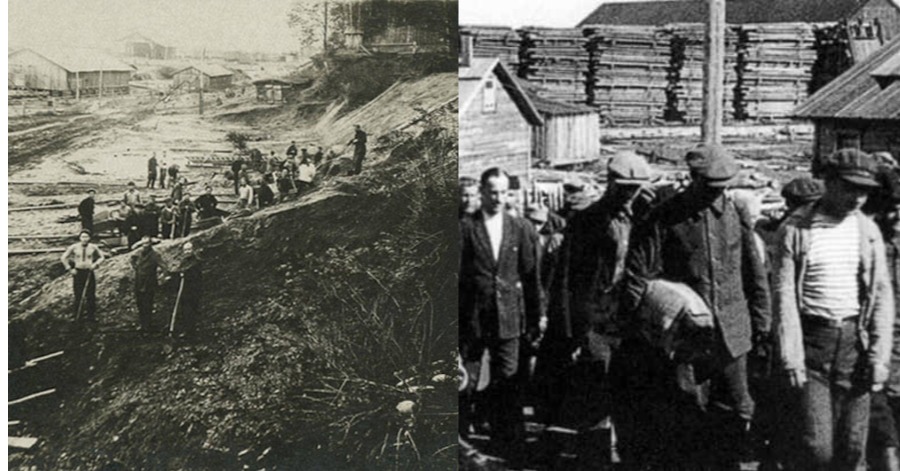‘Shell Shock’ effect is actually a term coined in World War I by British psychologist Charles Samuel Myers to describe the type of post-traumatic stress disorder many soldiers were afflicted with during the war before PTSD was termed. It is a reaction to the intensity of the bombardment and fighting that produced a helplessness appearing variously as panic and being scared, flight, or an inability to reason, sleep, walk or even talk.
Shell shock was coined by the soldiers themselves. Symptoms included fatigue, tremor, confusion, nightmares, and impaired sight and hearing. It was often diagnosed when a soldier was unable to function and no obvious cause could be identified. Because many of the symptoms were physical, it bore a little overt resemblance to the modern diagnosis of post-traumatic stress disorder.
@faktamenariklohngeri ya ##fyp ##fypシ ##foryou ##foryoupage ##beranda ##faktamenarik ##perangdunia1 ##fypage ##fypシ゚viral♬ original sound – ℂ𝕙/🥀
Along with William McDougall, another psychologist with a medical background, Myers argued that shell shock could be cured through cognitive and effective reintegration. The shell-shocked soldier, they thought, had attempted to manage a traumatic experience by repressing or splitting off any memory of a traumatic event.
Symptoms, such as tremor or contracture, were the product of an unconscious process designed to maintain the dissociation. Myers and McDougall believed a patient could only be cured if his memory were revived and integrated within his consciousness, a process that might require a number of sessions.
Inevitably, Myers was criticized by those who believed that shell shock was simply cowardice or malingering. Some thought the condition would be better addressed by military discipline.
Sources: TikTok FaktaMenarikLoh, American Psychological Association, War Archives









Leave a Comment